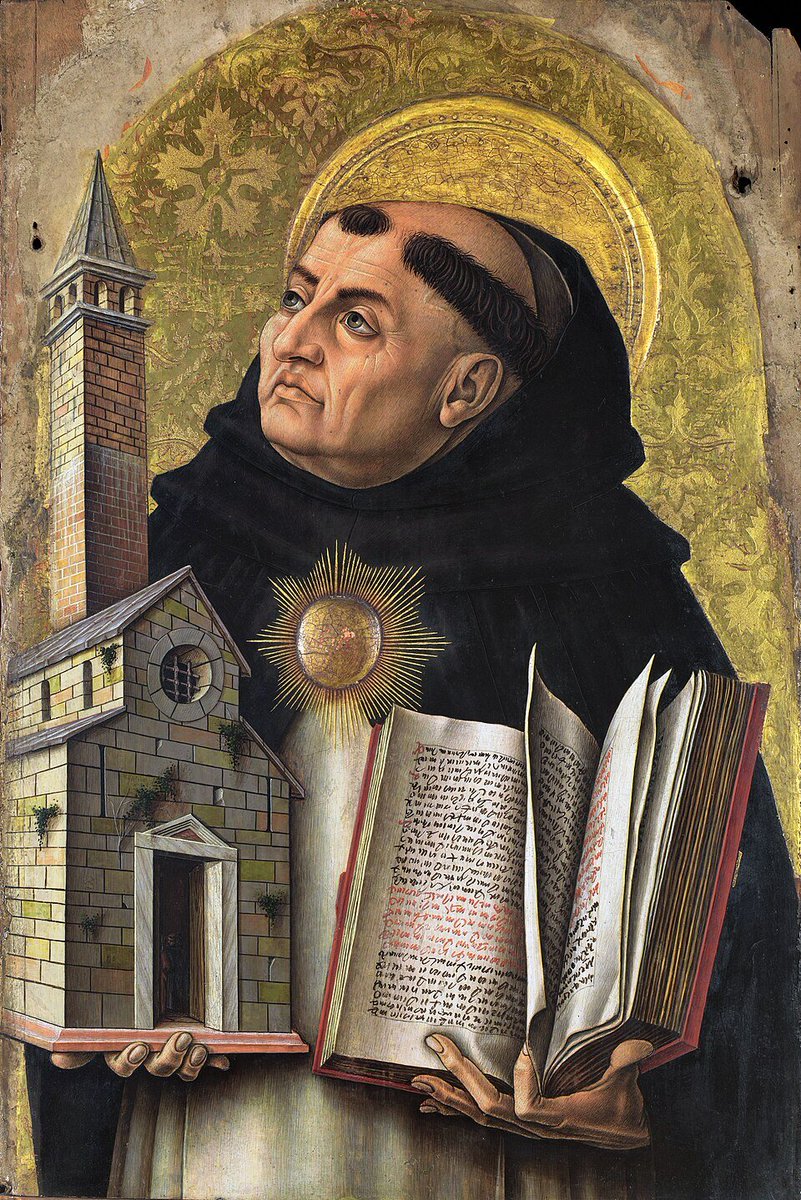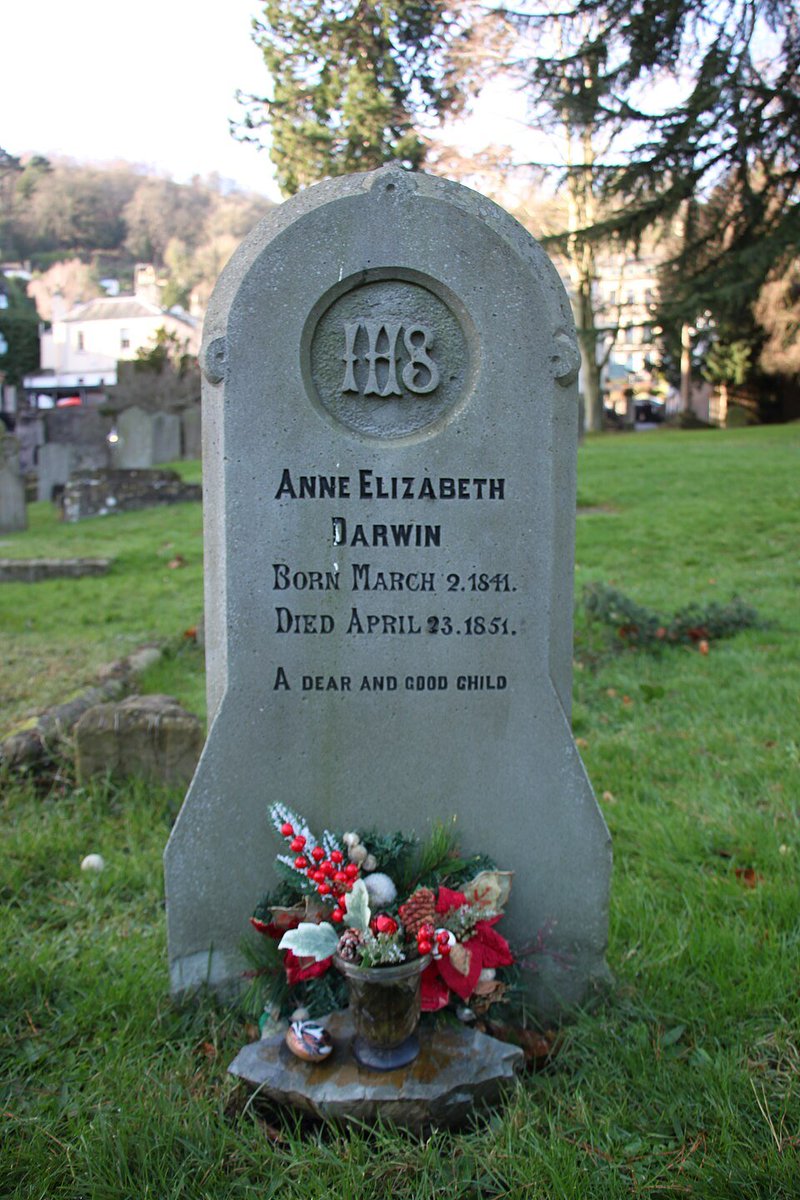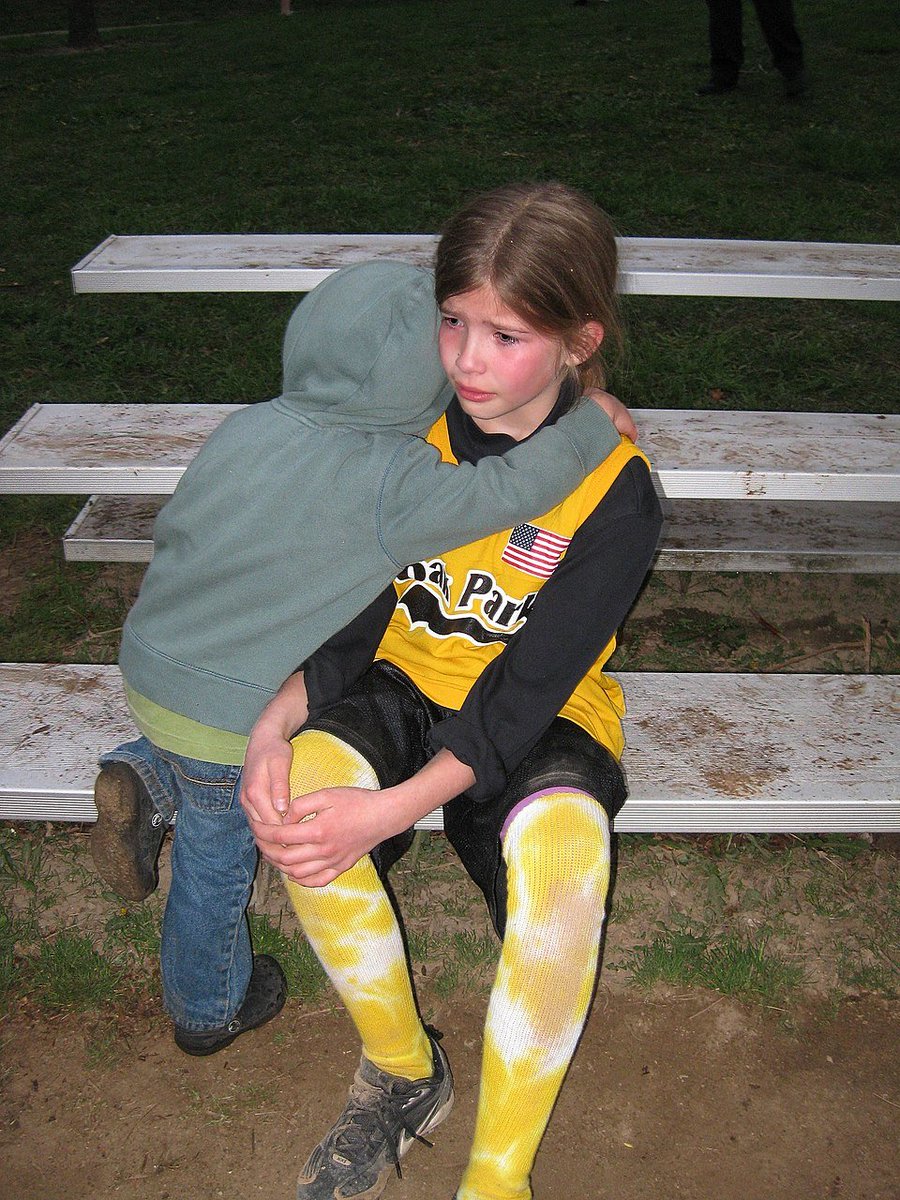The Renaissance didn't emerge in a vacuum.
It was meticulously crafted by visionaries who bridged the gap between the medieval and the modern, challenging humanity to see beyond the horizon.
Let us take a look at these visionaries. 🧵⤵️
It was meticulously crafted by visionaries who bridged the gap between the medieval and the modern, challenging humanity to see beyond the horizon.
Let us take a look at these visionaries. 🧵⤵️

"Learning never exhausts the mind."
- Leonardo da Vinci's
da Vinci's unparalleled breadth of work in art, science, and engineering exemplifies the spirit of the Renaissance.
- Leonardo da Vinci's
da Vinci's unparalleled breadth of work in art, science, and engineering exemplifies the spirit of the Renaissance.

"The greatest danger for most of us lies not in setting our aim too high and falling short; but in setting our aim too low and achieving our mark." - Michelangelo Buonarroti
His masterpieces in sculpture, painting, and architecture have left an indelible mark on Western art.
His masterpieces in sculpture, painting, and architecture have left an indelible mark on Western art.

"Why is it that we have to accept the world that we are born into? Why can't we make it a better one."
- Cosimo de' Medici
The Medici Family were the most influential patrons - their support for the arts and humanities was foundational to the Renaissance's flourishing in Florence and beyond.
- Cosimo de' Medici
The Medici Family were the most influential patrons - their support for the arts and humanities was foundational to the Renaissance's flourishing in Florence and beyond.

"It is a press, certainly, but a press from which shall flow in inexhaustible streams... Through it, God will spread His Word."
- Johannes Gutenberg
The printing press revolutionized the dissemination of knowledge, enabling the rapid spread of Renaissance ideas.
- Johannes Gutenberg
The printing press revolutionized the dissemination of knowledge, enabling the rapid spread of Renaissance ideas.

"And yet it moves" (E pur si muove).
- Galileo Galilei
His contributions to astronomy, physics, and the scientific method propelled forward the scientific aspect of the Renaissance.
- Galileo Galilei
His contributions to astronomy, physics, and the scientific method propelled forward the scientific aspect of the Renaissance.

"When one is painting one does not think."
- Raphael
His artistry and innovation in painting significantly influenced the visual arts, setting standards for beauty and composition.
- Raphael
His artistry and innovation in painting significantly influenced the visual arts, setting standards for beauty and composition.

"The ends justify the means."
- Niccolò Machiavelli
His political theories laid the groundwork for modern political science and critical thinking about governance and power.
- Niccolò Machiavelli
His political theories laid the groundwork for modern political science and critical thinking about governance and power.

"I propose to build for eternity."
- Filippo Brunelleschi
His architectural achievements, especially the dome of Florence Cathedral, demonstrated innovative engineering and aesthetic principles.
- Filippo Brunelleschi
His architectural achievements, especially the dome of Florence Cathedral, demonstrated innovative engineering and aesthetic principles.

"The main hope of a nation lies in the proper education of its youth."
- Desiderius Erasmus
A key figure in Christian humanism, his scholarly work and calls for reform influenced the intellectual and religious landscape.
- Desiderius Erasmus
A key figure in Christian humanism, his scholarly work and calls for reform influenced the intellectual and religious landscape.

The site of the scaffold at Tower Hill where More was executed by decapitation"For if you suffer your people to be ill-educated, and their manners to be corrupted from their infancy, and then punish them for those crimes to which their first education disposed them, what else is to be concluded from this, but that you first make thieves and then punish them?"
- Thomas More
"Utopia" and his contributions to humanism provided critical commentary on social and political issues, influencing future generations.
- Thomas More
"Utopia" and his contributions to humanism provided critical commentary on social and political issues, influencing future generations.

"Nature is the source of all true knowledge. She has her own logic, her own laws, she has no effect without cause nor invention without necessity."
- Giorgio Vasari
An Italian painter, architect, and writer, best known for his biographies of Italian artists, which offer invaluable insights into the lives and works of Renaissance artists.
- Giorgio Vasari
An Italian painter, architect, and writer, best known for his biographies of Italian artists, which offer invaluable insights into the lives and works of Renaissance artists.

“Art is stronger than Nature.”
- Titian
The leading Venetian painter of the 16th century was known for his versatile painting style and his influential portraits and mythological scenes.
- Titian
The leading Venetian painter of the 16th century was known for his versatile painting style and his influential portraits and mythological scenes.

"Simplicity is the greatest adornment of art."
- Albrecht Dürer
Dürer, a German painter, printmaker, and theorist, whose works in engraving and woodcut influenced the spread of Renaissance ideas north of the Alps.
- Albrecht Dürer
Dürer, a German painter, printmaker, and theorist, whose works in engraving and woodcut influenced the spread of Renaissance ideas north of the Alps.

"All the world's a stage, and all the men and women merely players: they have their exits and their entrances; and one man in his time plays many parts."
- William Shakespeare
Shakespeare, with his profound exploration of human psychology, emotion, and the complexity of existence through his plays and sonnets, became the preeminent figure in English literature, exemplifying the Renaissance's fascination with individuality and the human experience.
- William Shakespeare
Shakespeare, with his profound exploration of human psychology, emotion, and the complexity of existence through his plays and sonnets, became the preeminent figure in English literature, exemplifying the Renaissance's fascination with individuality and the human experience.

"For the execution of the voyage to the Indies, I did not make use of intelligence, mathematics or maps."
- Christopher Columbus
Columbus, through his voyages across the Atlantic, symbolized the Renaissance's zeal for exploration and discovery, dramatically expanding the geographical knowledge of the known world and initiating the interconnected global age.
- Christopher Columbus
Columbus, through his voyages across the Atlantic, symbolized the Renaissance's zeal for exploration and discovery, dramatically expanding the geographical knowledge of the known world and initiating the interconnected global age.

"Midway upon the journey of our life, I found myself within a forest dark, for the straightforward pathway had been lost."
- Dante Alighieri
Dante's pioneering use of the Italian vernacular in "The Divine Comedy" not only made literature accessible to a broader audience but also established a linguistic and cultural foundation that would inspire the humanistic and artistic revival of the Renaissance.
- Dante Alighieri
Dante's pioneering use of the Italian vernacular in "The Divine Comedy" not only made literature accessible to a broader audience but also established a linguistic and cultural foundation that would inspire the humanistic and artistic revival of the Renaissance.

• • •
Missing some Tweet in this thread? You can try to
force a refresh























